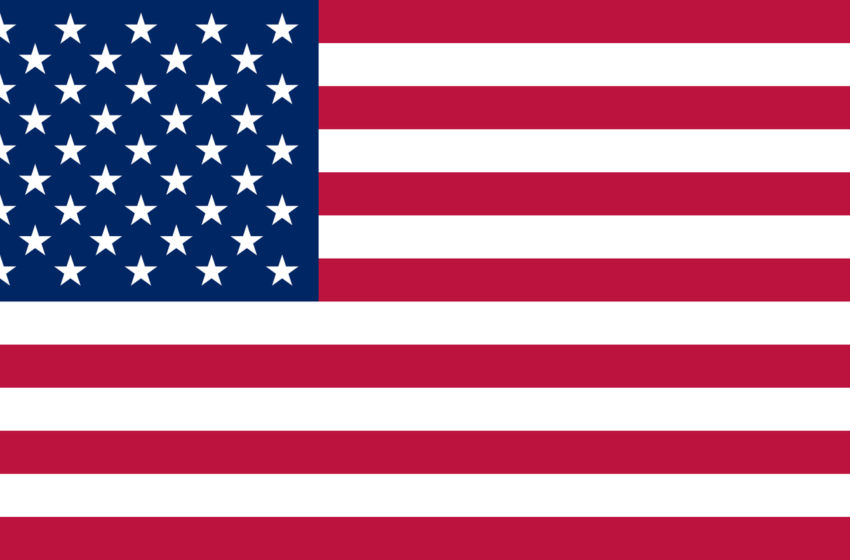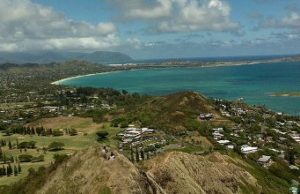Hawaii: Results of Three Years of Solar Obligation
September 3, 2013
Since Act 204 “mandating” solar water heating systems on all new single-family dwellings came into force in January 2010, the number of new residential houses equipped with a solar water heater has risen to 75 % in Hawaii. This is the conclusion from the statistics published by Hawaiian distributor Inter-Island Solar Supply (IISS). Before the mandate, only 40 % of the new residential homes in Hawaii had solar water heaters, estimates Ron Richmond. The Business Development Manager of IISS and former member of the Board of the Hawaii Solar Energy Association (HSEA), however, thinks that there is still room for improvement: The new houses require no independent third-party inspection, because homeowners do not receive any funding from local utilities.
The chart above is based on US Census Bureau data for newly built residential houses in the state of Hawaii. In addition, the Hawaii State Energy Office is obliged to register any application for an exception from the solar mandate on the islands. Act 204 allows homeowners to apply for a number of alternative technologies – so-called variances – such as tankless gas water heaters, photovoltaic systems or wind generators. The resulting chart above shows that each year, between 74 to and 75 % of all new homes use the sun to heat up water for household use.
The list of variances (exceptions) from the state’s energy office shows that 91 to 97 % apply for the installation of a tankless water heater. “Such irony,” says Richmond and goes on to explain that since the beginning, the solar mandate’s aim has been to save fossil oil, which needs to be transported to the islands and is accordingly expensive. “We do not have natural gas, so we use manufactured gas (i.e. naptha and propane), which is a product from the oil refinery. Therefore, any tankless water heater does not really reduce our dependency on oil. It actually perpetuates our dependency.”
Over the past three years, the HSEA has lobbied the state’s energy policy makers to remove the tankless water heater option on new residential homes. “So far our constant noise as an association to have the legislature do the right thing has fallen on deaf ears,” Richmond confided.
|
Year |
2010 |
2011 |
2012 |
|
Solar water heaters in newly built houses |
1,401 |
1,227 |
1,478 |
|
Retrofitted solar water heaters |
3,740 |
3,570 |
2,800 |
|
Total |
5,141 |
4,797 |
4,278 |
Number of annually installed solar water heaters in Hawaii
Source: IISS gathering official data
But this is not the only fight the HSEA has carried out in the past. It has also convinced the Science Applications International Corporation (SAIC), the third-party administrator of the rebate programme for retrofitting solar installations in the state of Hawaii, to increase the rebate amount again. Calls for an increase came after a dramatic drop in the number of subsidised retrofit systems, which fell from 3,740 in 2010 to 2,800 systems in 2012. “When the SAIC was selected by the Hawaii Public Utilities Commission to run the Hawaii Energy programme in 2009, they reduced the incentive from USD 1,000 to USD 750 and stopped marketing activities completely,” Richmond explains the downward trend in the programme. “The demand within the rebate programme correlates with the level of incentives: 25 % less subsidy reduces the demand by at least 25 %,” he sums up his experiences of 15 years with the rebate programme in Hawaii. “For the moment, our efforts have resulted in reinstatement of the rebate to USD 1,000, accompanied by limited marketing.”
Unfortunately, there is still one item on the agenda for which the HSEA has been lobbying, but to no avail: There are still no third-party inspections for the mandated solar installations. Even though after installation, every solar thermal system which receives a rebate from the SAIC is to undergo a 100-point inspection by a third-party, the regulation has been forgone for newly built houses since the act came into force. “In the end, the Hawaiian Public Utilities Commission required developers to hire their own inspectors, but this is not the same as the independent third-party inspection which had been established before the mandate,” Richmond argues. Therefore, there is no oversight in terms of the quality of the mandated solar water heaters, which cover between 26 and 35 % of the market depending on the year (see the table above).
More information:
Hawaii Solar Energy Association: http://www.hsea.org
Inter-Island Solar Supply: http://www.solarsupply.com/
Hawaii State Energy Office: http://energy.hawaii.gov/

